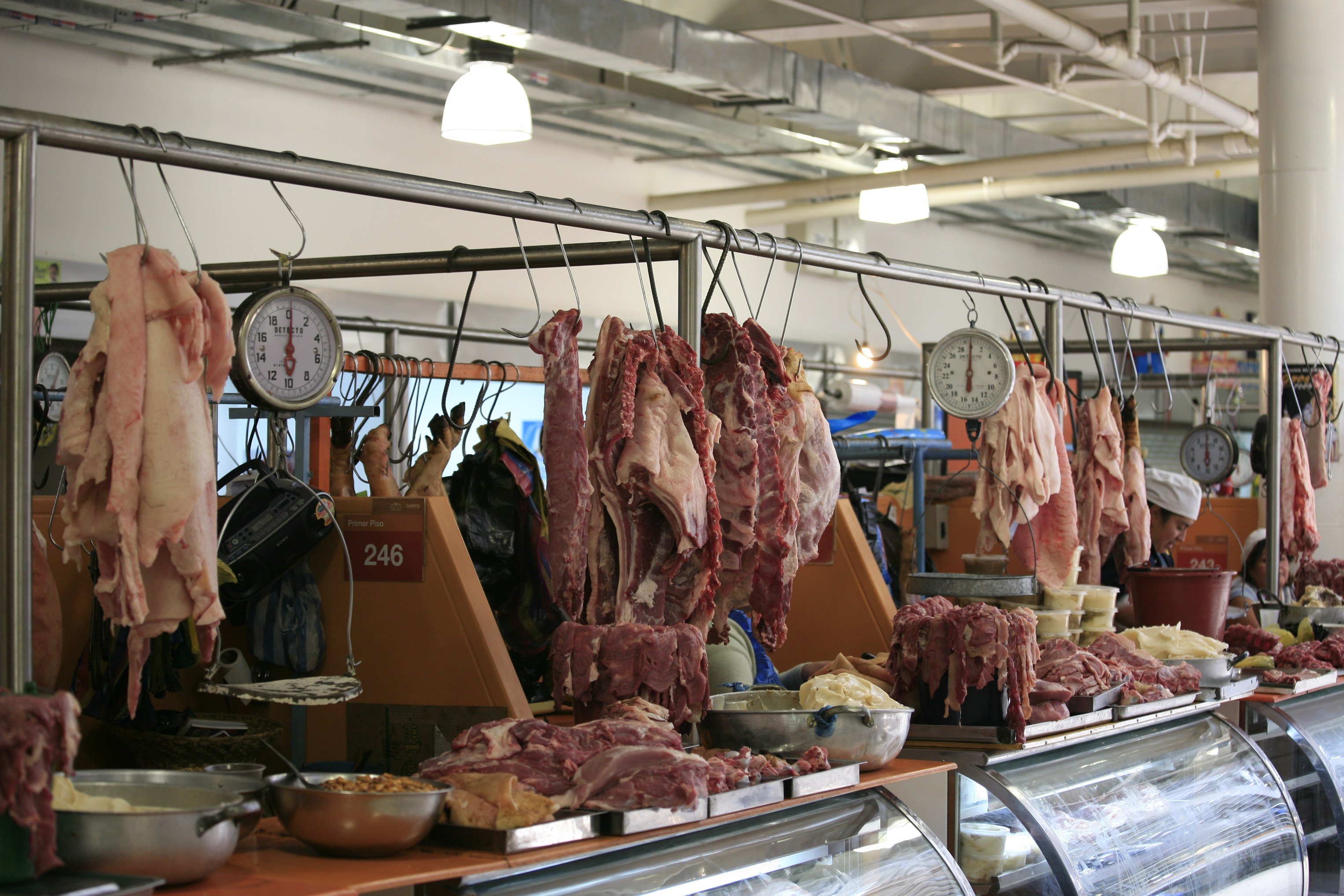Discover the Finest Selection of Cuts From Regional Meat Market
In a period where the origins of our food are much more substantial than ever before, discovering the finest option of cuts from your regional meat market provides an engaging story of high quality and integrity. These markets not only assure unequaled freshness and taste yet additionally supply insights right into the subtleties of various primal and sub-primal cuts.
Advantages of Local Meat Markets
Neighborhood meat markets supply countless advantages that are ending up being increasingly considerable in today's food landscape. Primarily, they offer customers with accessibility to fresher and higher-quality meat. Due to the fact that the supply chain is much shorter, local meat does not sustain prolonged transportation times, maintaining its freshness and nutritional value. This close distance to the source likewise enables enhanced traceability, providing consumers with openness regarding where and exactly how the meat was generated - bagley farms meat market edwardsville il.
Additionally, local meat markets typically sustain lasting farming practices. Several local manufacturers engage in eco-friendly and ethical farming techniques, which add to the well-being of animals and the conservation of natural deposits. By picking to buy from these markets, consumers can contribute in promoting sustainable agriculture and lowering their carbon footprint.
Furthermore, local meat markets contribute to the economic vitality of communities. By sustaining neighborhood producers, consumers aid receive small businesses and foster financial growth within their region. This financial assistance can bring about task production and aid keep the unique character of regional neighborhoods.
Recognizing Different Meat Cuts
A basic element of making educated getting decisions at regional meat markets is comprehending the various cuts of meat offered. Each cut offers special flavors, appearances, and food preparation potentials, making it vital to acknowledge exactly how they vary. Mainly, meat is categorized right into primitive, sub-primal, and retail cuts. Primal cuts are the bigger areas originally divided from the carcass, such as the loin, rib, and chuck. These are more divided into sub-primal cuts, which at some point damage down into retail cuts, the acquainted options discovered at the market.
For instance, from the beef primal cut, the loin, one can acquire sub-primal cuts like tenderloin, causing retail alternatives such as filet mignon. The rib primitive cut includes sub-primal ribs, creating retail choices like ribeye steaks. Comprehending these distinctions aids in selecting cuts that line up with culinary requirements and individual preferences
Moreover, cuts vary in inflammation and fat content, influencing their optimal cooking techniques. Harder cuts like brisket benefit from sluggish cooking, while tender cuts like sirloin are suited for cooking. By understanding these nuances, clients can improve their cooking experiences and maximize their meat acquisitions.

Specialist Tips for Deciding On Meat
Selecting the suitable cut of meat requires not only expertise of the numerous choices offered yet also a keen understanding of quality indications that experts make use of to make their choices. Emphasis should be positioned on the color of the meat. Vivid, abundant shades generally mirror freshness, while boring or grayish tones might show aging or improper storage space. Next, consider marbling, the fine touches of fat within the muscular tissue. A well-marbled cut frequently promises improved flavor and inflammation, as the fat thaws throughout cooking, enhancing the meat's texture and taste.
An additional vital facet is the meat's texture. It should really feel strong yet slightly producing to the touch, showing appropriate muscle honesty. Additionally, a clean, fresh fragrance is essential; any kind of off or sour odors recommend perishing and must be stayed clear of. Specialist guidance likewise entails examining the product packaging, if suitable. Vacuum-sealed or firmly covered bundles help keep freshness and avoid contamination.

Finally, comprehending the reputation and sourcing practices of your regional meat carrier can provide insights right into the high quality and ethical standards of the meat. Engaging with educated butchers can offer beneficial recommendations tailored to specific culinary needs, making certain a remarkable eating experience.
Finest Seasonal Choices

Choosing seasonal cuts not only ensures freshness yet additionally straightens with the peak top quality of different meats. Pork, typically treated and protected in the chillier months, uses a rich range of cuts like pork and bacon throughout winter months, when pigs are slaughtered after being fattened on fall harvests. Poultry, on the other hand, is frequently at its ideal during late springtime and early summer, when poultries have actually matured click this site on a diet plan of fresh grains and eco-friendlies.
Sustaining Lasting Practices
Accepting sustainable practices in meat manufacturing is crucial for promoting environmental health and making certain the longevity of neighborhood environments. In the context of local meat markets, sustainability entails a dedication to honest farming techniques, decreasing carbon impacts, and supporting biodiversity. By focusing on these practices, producers not only improve the high quality of their offerings but likewise contribute positively to their communities and the planet.
Neighborhood meat markets play a pivotal duty in cultivating sustainable agriculture by sourcing products from ranches that carry out environmentally friendly techniques. These might include rotational grazing, organic feed, and integrated insect management, which collectively lower environmental effect and advertise pet welfare. By selecting to support such markets, customers can directly influence the need for sustainably increased meat, urging even more manufacturers to adopt these next page practices.
Furthermore, sustainable practices in meat manufacturing can significantly minimize the industry's eco-friendly impact. Supporting sustainable techniques not just benefits the setting however also aligns with a wider dedication to accountable intake and production.
Conclusion
Regional meat markets offer exceptional benefits in terms of quality, freshness, and sustainability. By providing a diverse series of primitive and sub-primal cuts, these markets satisfy diverse cooking choices while making certain transparency in sourcing. Seasonal choices, such as spring lamb and fall beef, boost the food preparation experience with unique tastes and inflammation. Supporting regional meat markets not only advertises lasting farming techniques yet likewise adds to an extra informed and rewarding cooking trip.